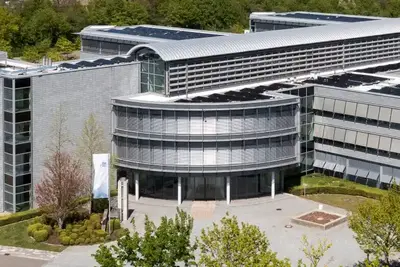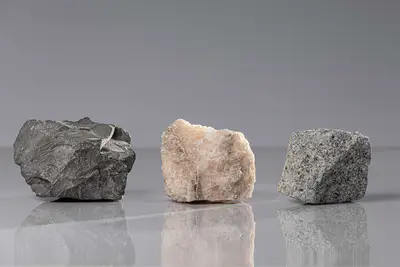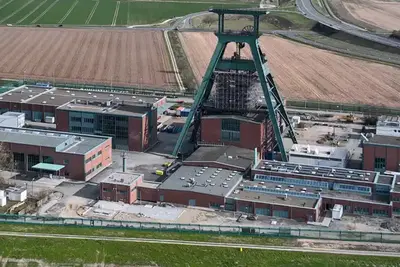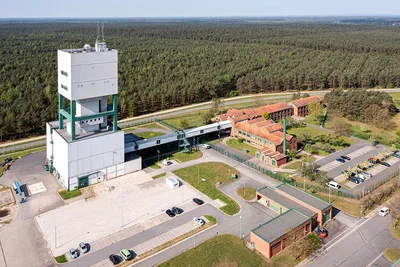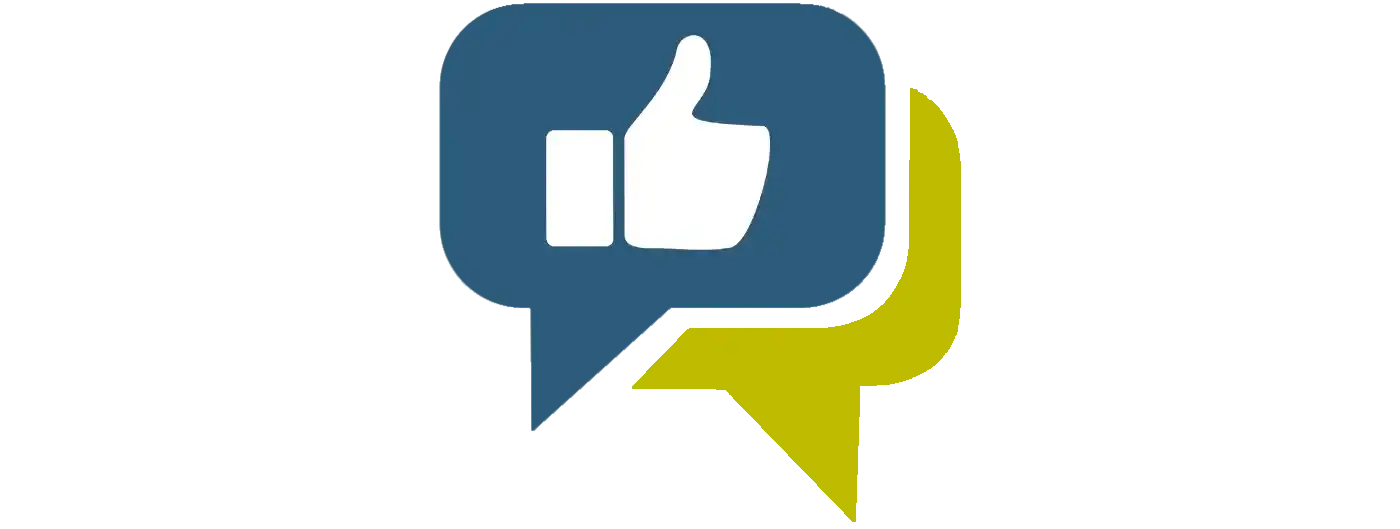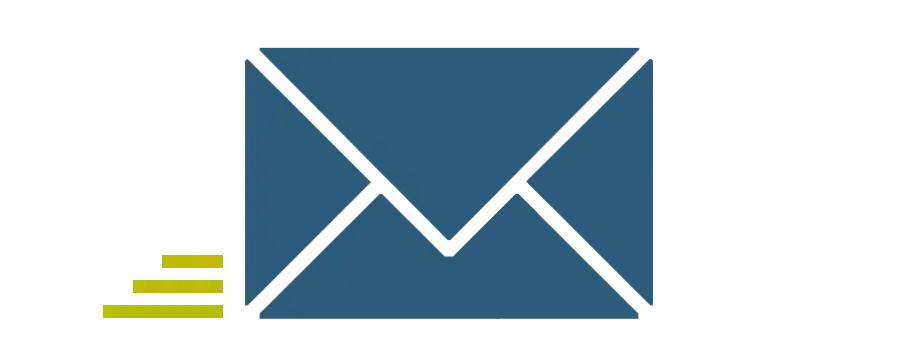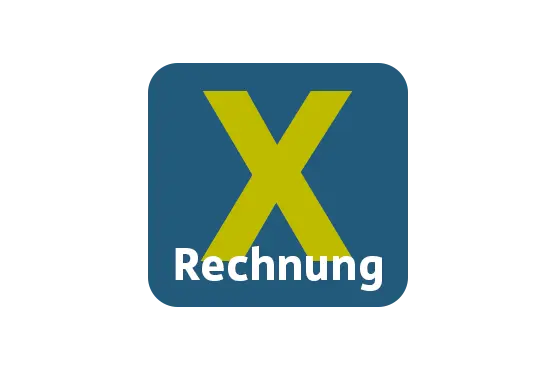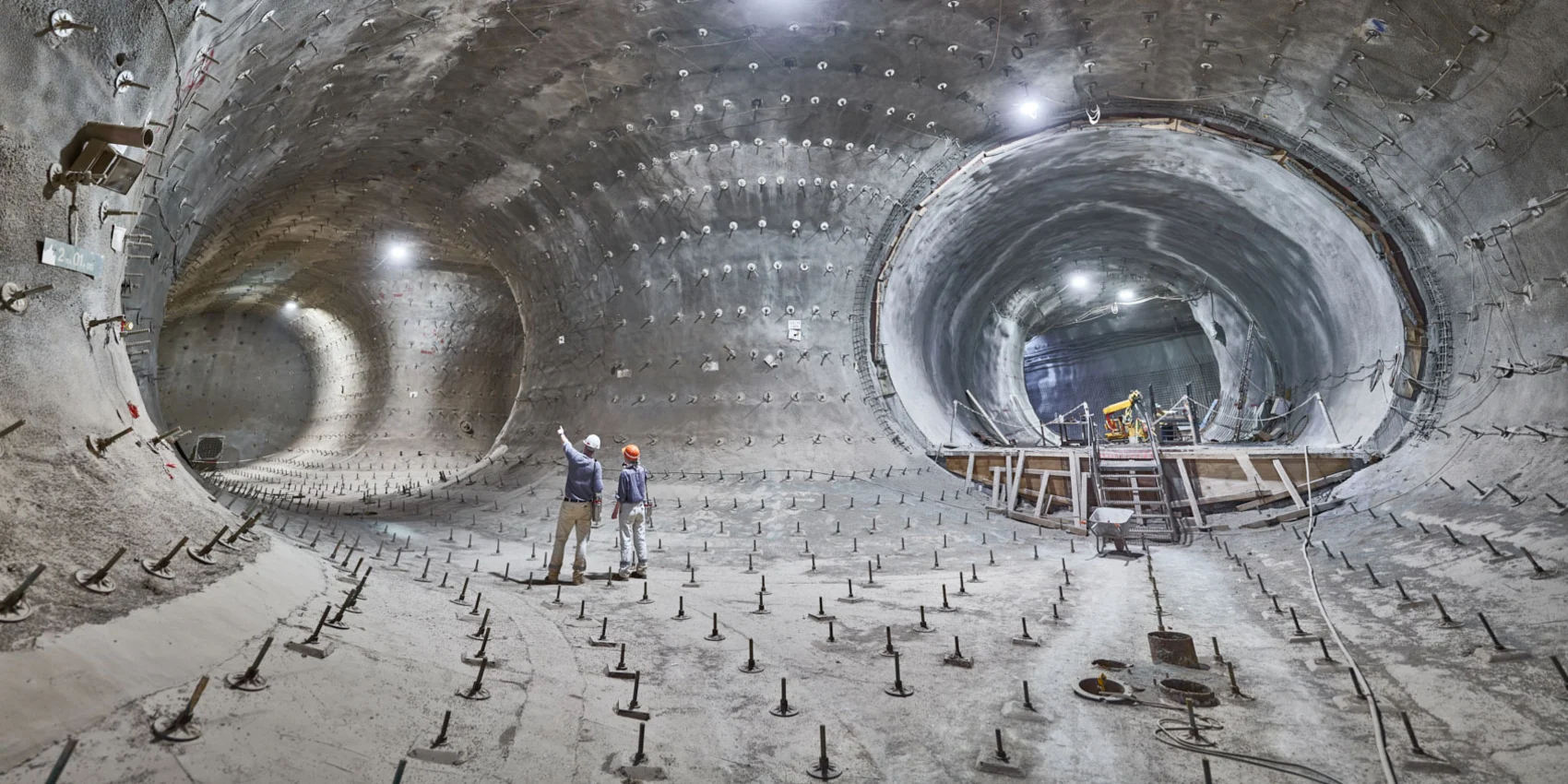
Wir machen die sichere Endlagerung
radioaktiver Abfälle möglich.
Aktuelle Meldungen
Asse aktuell
Mehr Einblicke in die Arbeit der BGE
Weitere Informationen über die Suche nach einem Endlagerstandort für hochradioaktive Abfälle, die Rückholung der Abfälle aus der Asse sowie den Bau des Endlagers Konrad und die Stilllegung des Endlagers Morsleben finden Sie – leicht verständlich – auf unserer Webseite Einblicke.de und in unseren Einblicke-Magazinen.


